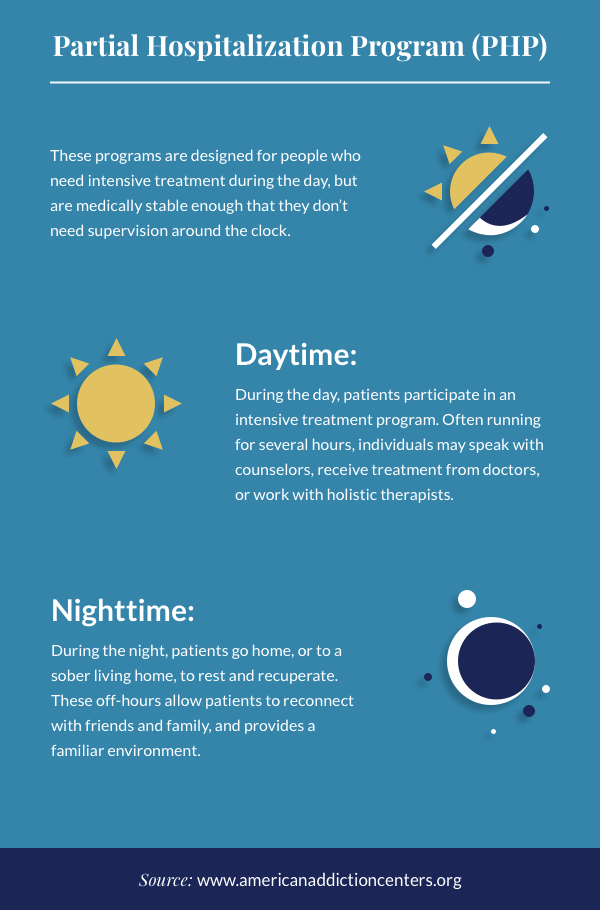Get This Report about What Medical Treatment Is Available For Opioid Addiction With Alcoholism
Prior to you continue reading, we thought you may like to download our 3 Positive CBT Exercises free of charge. These science-based workouts will offer you with an in-depth insight into Favorable CBT and will offer you the tools to use it in your therapy or training. You can download the free PDF.
A treatment strategy will include the patient or client's personal info, the medical diagnosis (or medical diagnoses, as is frequently the case with mental illness), a basic overview of the treatment prescribed, and space to determine results as the client progresses through treatment. A treatment plan does many things, the most crucial of which consist of: Defining the issue or disorder Explaining the treatment recommended by the health/mental health expert Setting a timeline for treatment development( whether it's an unclear timeline or includes specific turning points) Recognizing the major treatment objectives Noting essential milestones and goals This paperwork of the most essential elements of treatment helps the therapist and client remain on the same page, provides a chance for conversation of the treatment as prepared, and can serve as a reminder and motivational tool. While people in similar situations with comparable concerns might have similar treatment plans, it's essential to understand that each treatment strategy is unique. There are often various ways to treat the exact same problem in some cases there are lots of various courses that treatment could take! No two treatment plans will be exactly the very same, since no 2 individuals's experiences are precisely the exact same. As kept in mind earlier, all treatment strategies are different they are unique products of the discussions between a therapist and client, the therapist's http://zionhrdd785.cavandoragh.org/indicators-on-what-is-the-treatment-for-drug-addiction-you-should-know scientific understanding, and the client's shared experience. Even in similar diagnoses in similar individuals, distinctions are bound to manifest in any or all of the following components: History and Demographics customer's psychosocial history, history of the signs, any past treatment info Assessment/Diagnosis the therapist or clinician's medical diagnosis of the client's psychological health issues, and any previous diagnoses will also be noted Presenting Concerns the problems or signs that initially brought the customer in Treatment Agreement the contract between the therapist and client that summarizes the goals of treatment Responsibility an area on who is accountable for which elements of treatment (client will be accountable for lots of, the therapist for others )Strengths the strengths and resources the customer gives treatment( can include household support, character strengths, material assistance, and so on) Treatment Goals the" foundation" of the plan, which need to specify, sensible, personalized for the client, and measurable Objectives objectives are the larger, more broad results the therapist and customer are working for, while multiple objectives make up each goal; they are little, achievable actions that comprise an objective Method, Frequency, and Targets various techniques are typically applied to different objectives, requiring a plan that pairs techniques, a frequency of sessions, expected completion date, etc., with the respective goal Interventions the techniques, workouts, interventions, and so on, that will be applied in order to pursue each goal Progress/Outcomes a great treatment strategy should consist of area for tracking development towards goals and objectives( Excellent Therapy, 2016) The therapist and client will work together to get this information down on paper, with the therapist contributing his or her know-how in treatments and treatment outcomes, and the client contributing proficiency in his/her own life and experiences. These benefits include: Treatment strategies offer a guide to treatment for both the therapist and customer. Treatment plans can lower the threat of scams, waste, abuse, and the prospective to trigger unintentional damage to customers. Treatment plans facilitate easy and efficient billing since all services rendered are documented. Treatment plans can help smooth any prospective bumps in treatment, specifically if a client requires a sort of treatment the primary therapist can not provide( e.g., a specific type of intervention or a prescription for medication) or need to see a new therapist for some other reason (e.g., if the customer or therapist has actually moved, or the therapist is on extended leave, Great Treatment, 2016). right here Treatment strategies are not always needed to give or receive successful treatment, but they can be very useful in helping with a smooth and problem-free treatment experience. Goals and goals will differ enormously from someone to the next, especially those dealing with very different issues. If you or your client is committed to alter but isn't quite sure where to start, this link of potential objectives can spark a helpful discussion about where to go from here. For example, a typical goal for those having a hard time with drug abuse might be to give up utilizing their drug of option or alcohol, while a client dealing with anxiety may set a goal to decrease their suicidal thoughts. In basic, these objectives should be.

sensible they must be affordable, offered the client's basic experience and expects the future (what different kinds of treatment exist for addiction). For example, a goal for a private with severe drug abuse treatment boca raton fl anxiety might be to take 10 actions outside their front door. The next objective may be to make it to the community market, or as much as 30 actions outside their front door. Fulfilling each objective will ultimately lead you to satisfy the objective.

